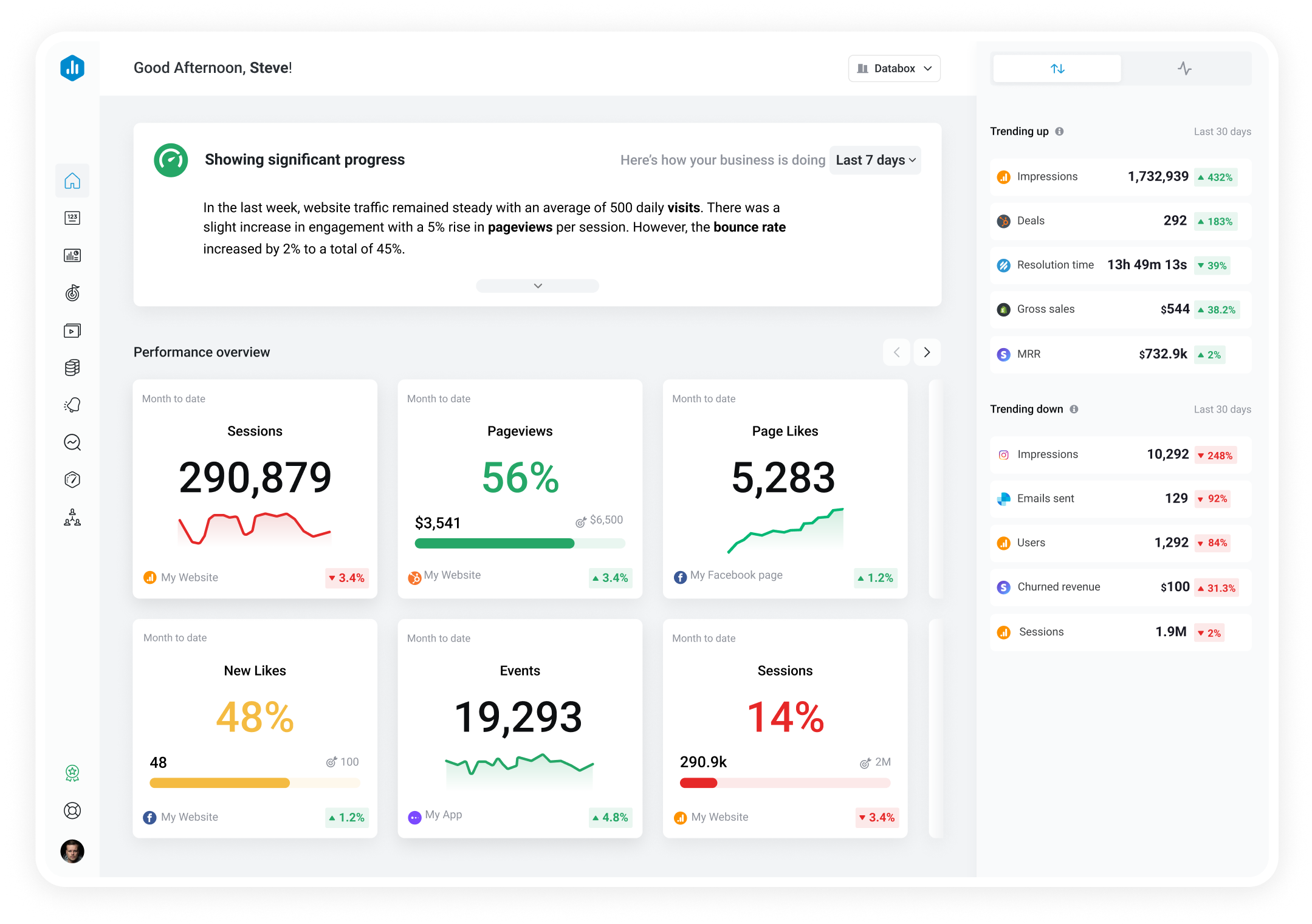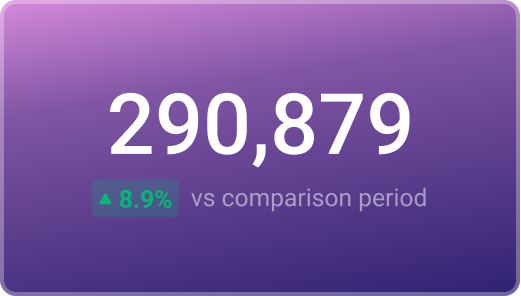Track all of your key business metrics from one screen
GET STARTED
 Xero
Overdue Payments Amount
Xero
Overdue Payments Amount Overdue Payments Amount refers to the total outstanding payments owed to your business from customers that are past their due date, as tracked in Xero, providing visibility into your current cash flow situation.
With Databox you can track all your metrics from various data sources in one place.

Used to show a simple Metric or to draw attention to one key number.
Databox is a business analytics software that allows you to track and visualize your most important metrics from any data source in one centralized platform.
To track Overdue Payments Amount using Databox, follow these steps:
 Goals
Goals Scorecards
Scorecards Metric Digest
Metric Digest Metric Builder
Metric Builder Data Calculations
Data Calculations Performance Screen
Performance Screen